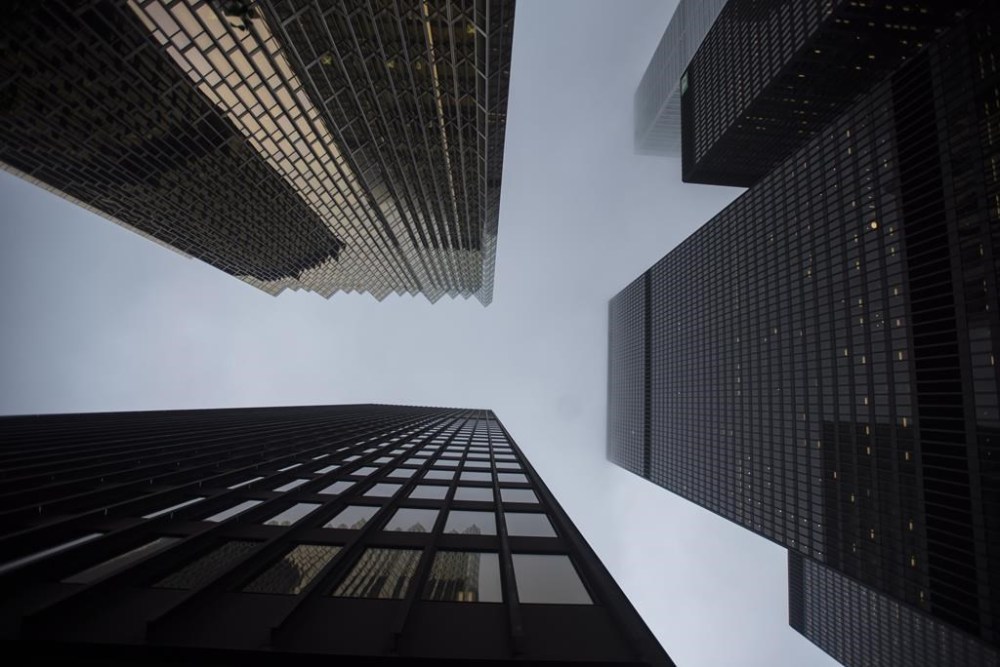Suburbs leading demand uptick for office space in Canadian markets: CBRE report
Advertisement
Read this article for free:
or
Already have an account? Log in here »
To continue reading, please subscribe:
Monthly Digital Subscription
$1 per week for 24 weeks*
- Enjoy unlimited reading on winnipegfreepress.com
- Read the E-Edition, our digital replica newspaper
- Access News Break, our award-winning app
- Play interactive puzzles
*Billed as $4.00 plus GST every four weeks. After 24 weeks, price increases to the regular rate of $19.00 plus GST every four weeks. Offer available to new and qualified returning subscribers only. Cancel any time.
Monthly Digital Subscription
$4.75/week*
- Enjoy unlimited reading on winnipegfreepress.com
- Read the E-Edition, our digital replica newspaper
- Access News Break, our award-winning app
- Play interactive puzzles
*Billed as $19 plus GST every four weeks. Cancel any time.
To continue reading, please subscribe:
Add Free Press access to your Brandon Sun subscription for only an additional
$1 for the first 4 weeks*
*Your next subscription payment will increase by $1.00 and you will be charged $16.99 plus GST for four weeks. After four weeks, your payment will increase to $23.99 plus GST every four weeks.
Read unlimited articles for free today:
or
Already have an account? Log in here »
Hey there, time traveller!
This article was published 01/10/2024 (373 days ago), so information in it may no longer be current.
TORONTO – Canada is on pace for its first year of positive office leasing activity since before the pandemic after six of 10 major markets recorded net positive demand in the third quarter, according to a report Tuesday.
Toronto led the way during the quarter, with more than 650,000 square feet of positive net absorption — the amount of spaced leased compared with inventory that became available. That was split between downtown and suburban buildings, commercial real estate services firm CBRE said.
The strength was offset by softness in Montreal, Vancouver and Ottawa, which each experienced more than 100,000 square feet of negative net absorption and saw overall office vacancy rates rise quarter-over-quarter.

The report said suburban markets continued to show improvement for the fifth straight quarter, with the national suburban vacancy rate falling one-tenth of a percentage point to 17.3 per cent.
Meanwhile, the national downtown vacancy rate rose three-tenths of a percentage point to 19.7 per cent.
Seven Canadian cities recorded declining suburban vacancy in the third quarter, led by London, Toronto and Calgary,
Four markets — Edmonton, Calgary, Waterloo and Winnipeg — had lower downtown vacancy.
CBRE national research managing director Marc Meehan said a gap is emerging between older office buildings, where demand is lagging, and “trophy assets,” which the firm describes as the top tier of space within Class A — typically the newest and most state-of-the art properties.
Vacancy rates for trophy assets fell one-fifth of a percentage point in the quarter, led by demand in Calgary and Toronto. Trophy vacancy reached the lowest level in nearly four years, the report said.
“Owners of older offices have been hard-pressed to find tenants, but the uptick in office demand for quality space is a rising tide that could have broader benefits,” Meehan said in a news release.
“With availability in trophy assets beginning to tighten, demand could flow to the next quality tier of buildings, especially those well-located and with in-demand amenities.”
Another key indicator of office market health, sublet space, declined for a fifth consecutive quarter since peaking in mid-2023, having shaved 2.2 million square feet since then.
CBRE said the current 14.8 million square feet of national sublet space is the lowest level seen in nearly two years, equal to three per cent of Canada’s total office space inventory.
This report by The Canadian Press was first published Oct. 1, 2024.




